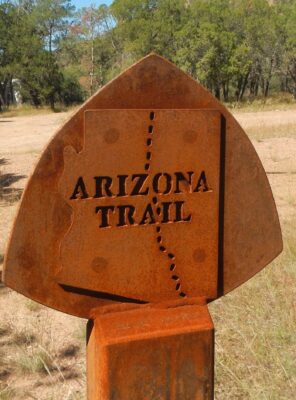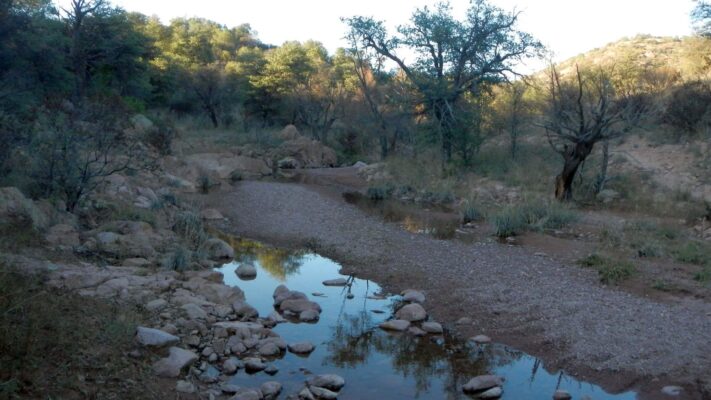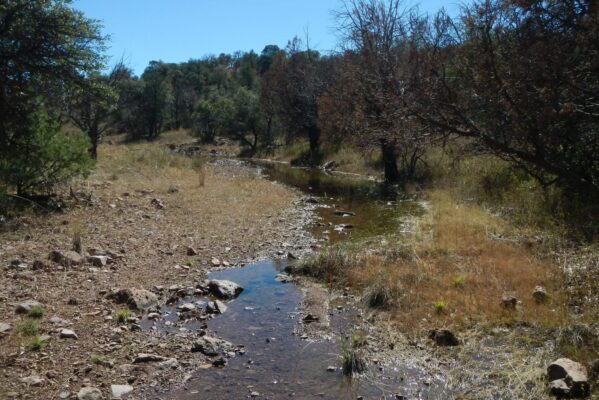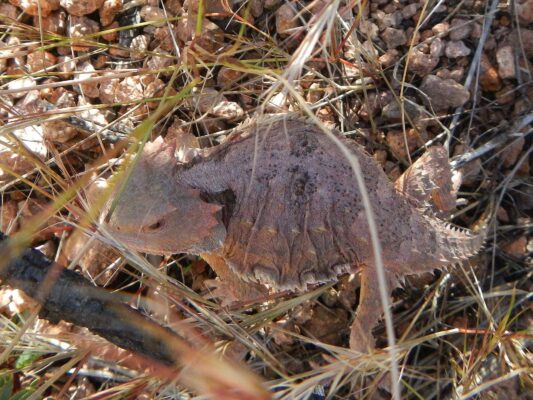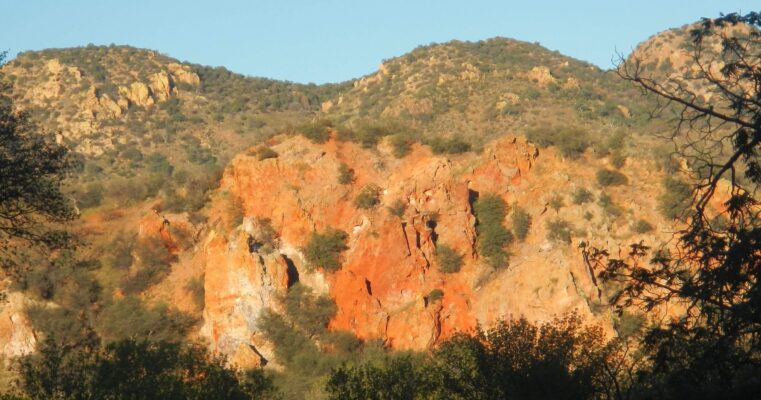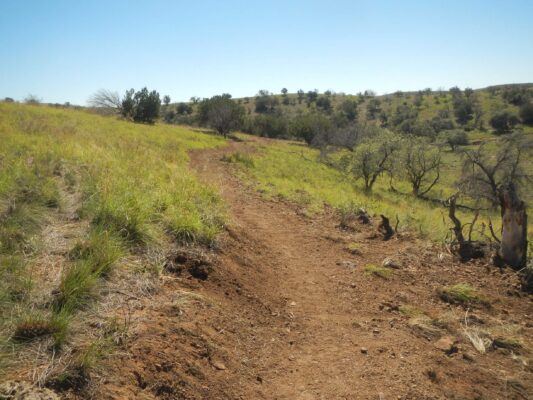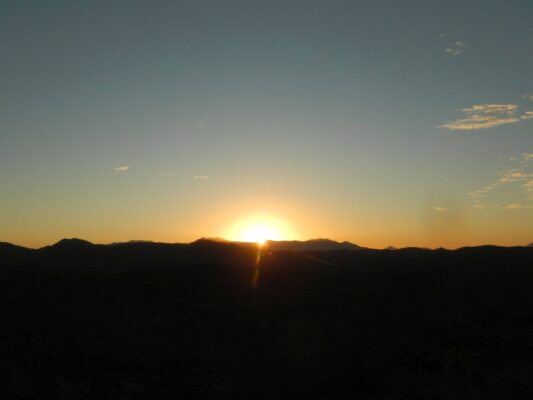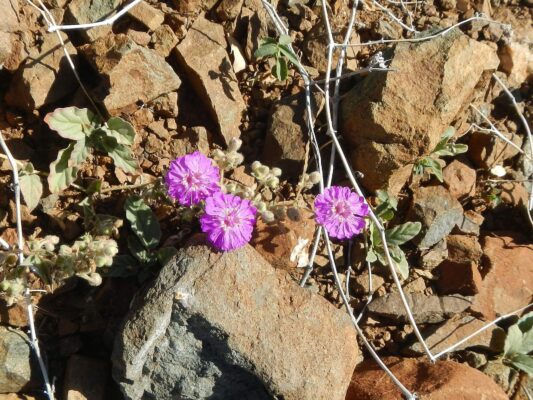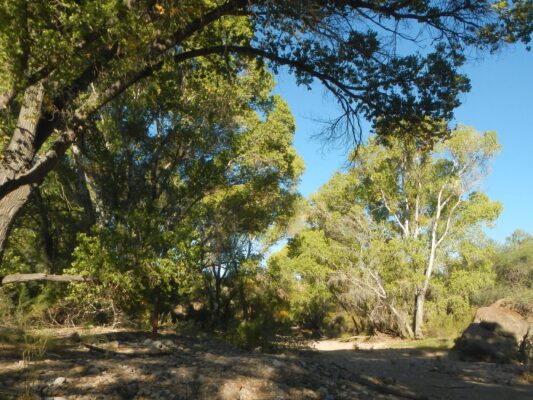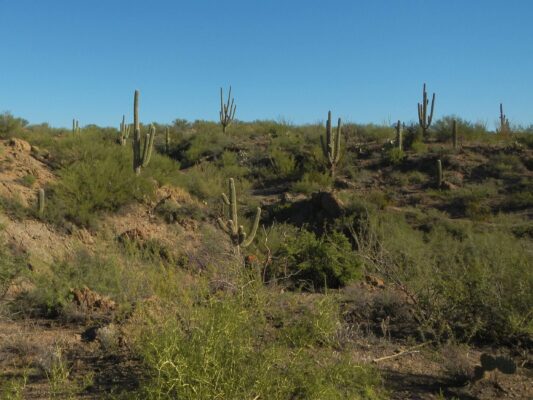(For above slider, click photo & caption will appear below) The Wilderness Act of 1964 mentions little about trails in wilderness and many interpret the Act to restrict use of modern technology for trail development and maintenance—even though many existing wilderness trails were built with available technology such as manual rock drills and dynamite used by 1930s Civilian Conservation Corps (CCC) crews. For example, on well-built CCC trails through solid rock, today one can often see unused dynamite holes.
The Forest Service in its 1930s “Primitive Area” management advocated only hand tool use, which carried over to areas designated wilderness in 1964. The Act clearly prohibits technologies for visitors in wilderness but leaves their use for management up to discretion of agencies (which we have seen Park Service and Fish & Wildlife Service (FWS) use more reasonably. Interestingly, about anything can be done in wilderness by grandfathering such uses into wilderness designation and carefully excluding wilderness corridors (see recent blog). The Act also allows existing uses (such as grazing, mining, motorboats, and airplanes) to continue in wilderness.
In the 21st century with increased forest fires due to drought and climate change, wilderness trails have taken a tremendous beating that continues for years after a fire with downed trees, soil erosion, and prolific shrub growth. Restricting trail repair to hand tools has left much wilderness inaccessible, particularly for long trips. This probably leads most people interested in long thru hikes to well-known National Scenic Trails like Appalachian Trail (AT), Continental Divide Trail (CDT), Pacific Crest Trail (PCT), or shorter treks such as Arizona Trail (AZT), Colorado Trail or John Muir Trail (JMT). Interestingly these trails avoid wilderness areas where possible to accommodate mechanized trail maintenance and facilities, and, in some cases, accommodate mountain bike use. Nothing wrong with this but it leaves most wilderness out of the mix for long trips.
On the other hand, we have been pioneering long thru-hikes through wilderness—the first started from our house in Hailey, ID in 2016 and ended in Big Horn Crags near Salmon, ID. But these hikes take much planning and preparation—one cannot just buy a Far-Out App, get some light gear, and go! David spends months on advance planning a route through wilderness using recently cleared trails, circumventing problem areas with corridor roads, and using shuttle services. Trail conditions are always a limiting factor—we learned early on in 2016 that an abandoned trail can nearly ruin a trip or eliminate any side trips to lakes or peaks in order to stay on schedule for plans with stopover accommodations or shuttle services.
Over the last 10 years we have encountered few if any people on the trails of our month- long wilderness hikes (in California, Oregon, Utah, Nevada, Colorado or Idaho) except when our route coincided with a popular thru hiking trail (PCT, JMT, CDT or Uinta Highline Trail) or we were within day hiking distance from a trailhead or passed through popular area with exceptionally good trails.
Solitude is a good thing; it is 2nd of 4 criteria (after lands absent of human imprint) that define wilderness in 1964 Act. But we wonder if wilderness appreciation in the U.S. will suffer from lack of human visitors. There are many studies espousing benefits of wilderness ranging from spiritual values and physical accomplishment of humans to environmental benefits of water resources, wildlife habitat, and so forth. However, we have observed that one has to spend a week or more in wilderness to really begin to connect one’s life with the routine of living in the wilds. Furthermore, the many thru-hikers we have met on the trail over the years all share a serene wilds connection in our brief trail discussions; they rarely are too preoccupied to bolt on by (even though doing 20 to 30 or more miles a day) but often interested in us as “thru-hikers” doing something different than solely “the trail.”
To compare our wilderness thru-hiking to standard thru-hiking trails, David spent 9 days on the Arizona Trail (AZT) at the end of October in 2025 (Cindy was done backpacking for the year; her painful left shoulder was overdue for joint replacement surgery). This trek was done on the southernmost section of the AZT. Objective was to assess hiking on well-marked trails in contrast to our wilderness hiking which is getting more and more onerous due to poor trails and poor information.
In recent years, David has spent 50-70% of the time of an actual trek (spread over months because tedious back-&-forth process involving many people with trail-&-error method) on trip planning—including routes, food purchase/ packing, reservations for shuttles, and overnight rest stops, and arranging/mailing supply drops.
The 9-day AZT trek only required 20% trip time (less than 2 days, spread over a couple weeks) to prepare. There was plenty of general AZT information online but time-specific water information was not readily available because fall Southbound (SOBO) AZT hikers were just hitting this area during trek (David met first ones on Day6). Also, there was little timely local information because of government shutdown. As it turned out, water was bountiful due to late and heavy monsoon in southeast Arizona.
David spent little time on route planning because trail was assumed in excellent condition (which it was) and accurate GPS tracks were available from Arizona Trail Association website. Planning campsites took the most time but Google Earth imagery was helpful.
Remarkably, AZT hiking was not much faster than our other trips. David did a few more daily miles and stopped less but hiking pace of 2.2 mph was not much faster than our 2 mph for many of our recent trips. But this may not have been a very good comparison because our recent wilderness thru-hikes—with so much planning time—use the best trails and avoid major problems by using wilderness boundary roads (which we did a lot in 2025).
AZT trek is detailed with photos in Google MyMaps including information of water sources highlighted. Days 4 and 5 were broken up by Cindy driving from Tucson to meet David on trail and shuttling back and forth to overnight stay at Sonoita Inn. This provided resupply, break from camp food, and shortened hiking for two days.
Total hiking distance was 125 mi over 9 days at 2.2-mph pace with an average elevation change of 300 ft/mi (ascending 17,850 ft [46%] and descending 38,775 ft [54%]).
In summary, main difference between thru-hiking on established trail compared to our wilderness thru-hikes was much less time on trip preparation. Furthermore, wilderness trek planning would probably be even more time consuming for someone not used to doing this for 10 years.
Sadly, this extensive planning was not necessary in wilderness 25 years ago. A Forest Service planimetric ½-inch-to-mile scale worked just fine when wilderness trails required little maintenance other than a quick pass with a trail crew every few years. But now with hundreds of wilderness forest fires the past few decades, trails require extensive maintenance repeatedly for years after each fire.
For example, we evaluated a route through a single 100,000-ac fire for down logs in High Unita Wilderness in Utah in 2021, one year after a fire. We found 34 down logs per mile averaged over 35 trail miles; and this was just first year after fire before dead tree roots started rotting and windfall began in earnest! Also, one year after fire was too soon for brush to proliferate.
Bottom line, trail work after fire takes a lot of work and agency interpretation of Wilderness Act—like Forest Service “minimum tool” limits on chainsaws and mechanized brush cutters makes no sense for getting wilderness trails quickly opened up. Forests recover quickly after fires with new growth creating a different dimension from once extensive old-growth forest and are pleasing to visit if trails are cleared; furthermore, even the most severe fires leave pockets of unburned forest creating quite diverse experience hiking though fires. For example, we found hiking 361 miles passing through 41 fires in Frank Church and Selway Bitterroot wilderness an enjoyable experience—particularly where trails had been recently cleared.
Wilderness solitude is a highly valued asset, but U.S. wilderness areas were designated for “public use and enjoyment.” If no one uses and enjoys the wilderness, there may be fewer wilderness defenders against the never-ending demand to use public resources for private gain, possibly “declassifying” and selling off wild lands that “nobody uses.”


